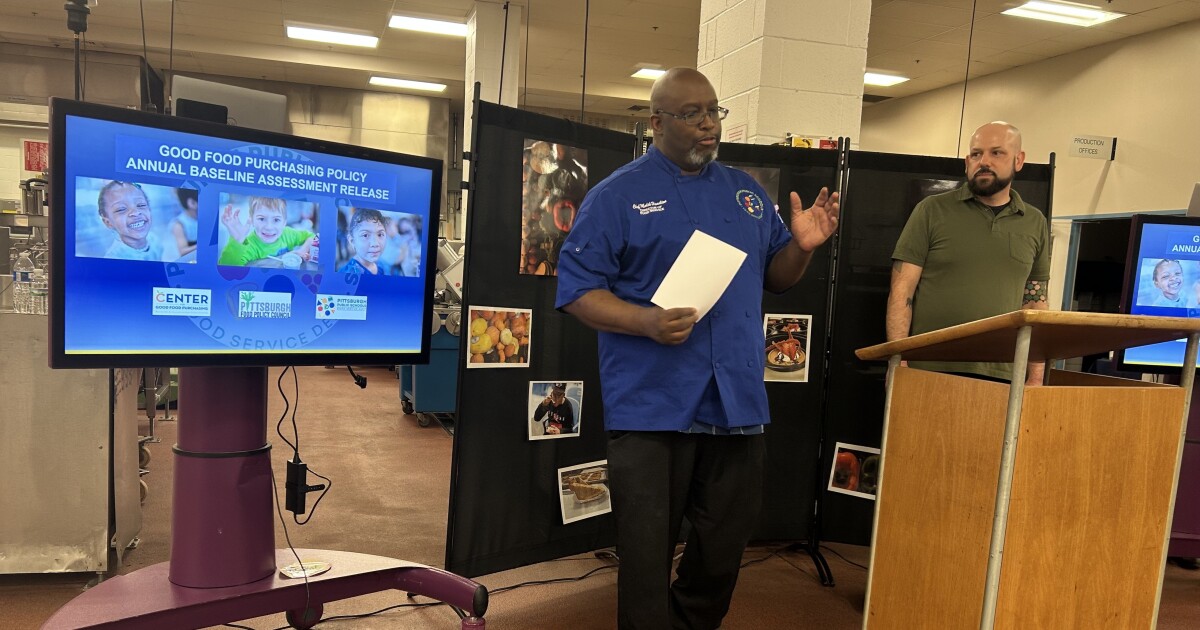Pittsburgh Public Schools (PPS) is making strides in providing healthier, sustainable food options for its students. Recently, district leaders revealed the results of a review showing how the schools spent their food budget in the 2022-2023 school year. The report from the Center for Good Food Purchasing highlighted that over 15%—or about $840,000—of the $5.6 million food budget came from local and family-owned suppliers.
Chef Malik Hamilton, the director of food services at PPS, emphasized their commitment to local produce. Since 2017, they’ve been urging vendors to bring in seasonal, local goods. "If it’s local and in season, just bring it to us," he said, reflecting their focus on quality and community support.
PPS has collaborated with local partners to enhance its meal programs, promoting student health and benefiting the environment. In 2021, the school board established a “good food purchasing” policy. It defines good food as healthy, environmentally friendly, fair, and affordable. This policy ensures they buy locally when feasible and comply with federal nutrition standards while treating workers fairly.
The district has seen success, surpassing its initial goals for purchasing from worker-friendly suppliers. They are now focused on reducing red and processed meat purchases and increasing fruits and vegetables in school meals. Hamilton expressed pride in how PPS matches up against larger districts with longer growing seasons.
However, there are challenges ahead. The U.S. Department of Agriculture (USDA) recently announced cuts to Farm to School grants, which could impact future funding. Since 2018, PPS has relied on these grants for initiatives such as salad bars and school gardens, totaling $200,000. Hamilton warned that cuts could deprive the district of about $100,000 every few years.
Moreover, recent proposals could restrict eligibility for universal free meals provided through the Community Eligibility Provision (CEP). Currently, schools qualify if at least 25% of students receive assistance. If the new rules pass, many schools in PPS, like Colfax K-8 and Allderdice High School, might lose access to these resources, complicating the process of providing meals to students.
Despite facing rising food costs—up 24% since the pandemic—PPS is applying for grants to improve its services. One innovative plan is to explore vertical farming, which allows crops to grow indoors using less water. "It’s not happening this year or next year, but it’s the direction we want to take," Hamilton said.
These efforts highlight the school district’s dedication to nourishing students while supporting the local economy and addressing environmental concerns. For more on food policies affecting schools, you can read more from the Food Research & Action Center here.










